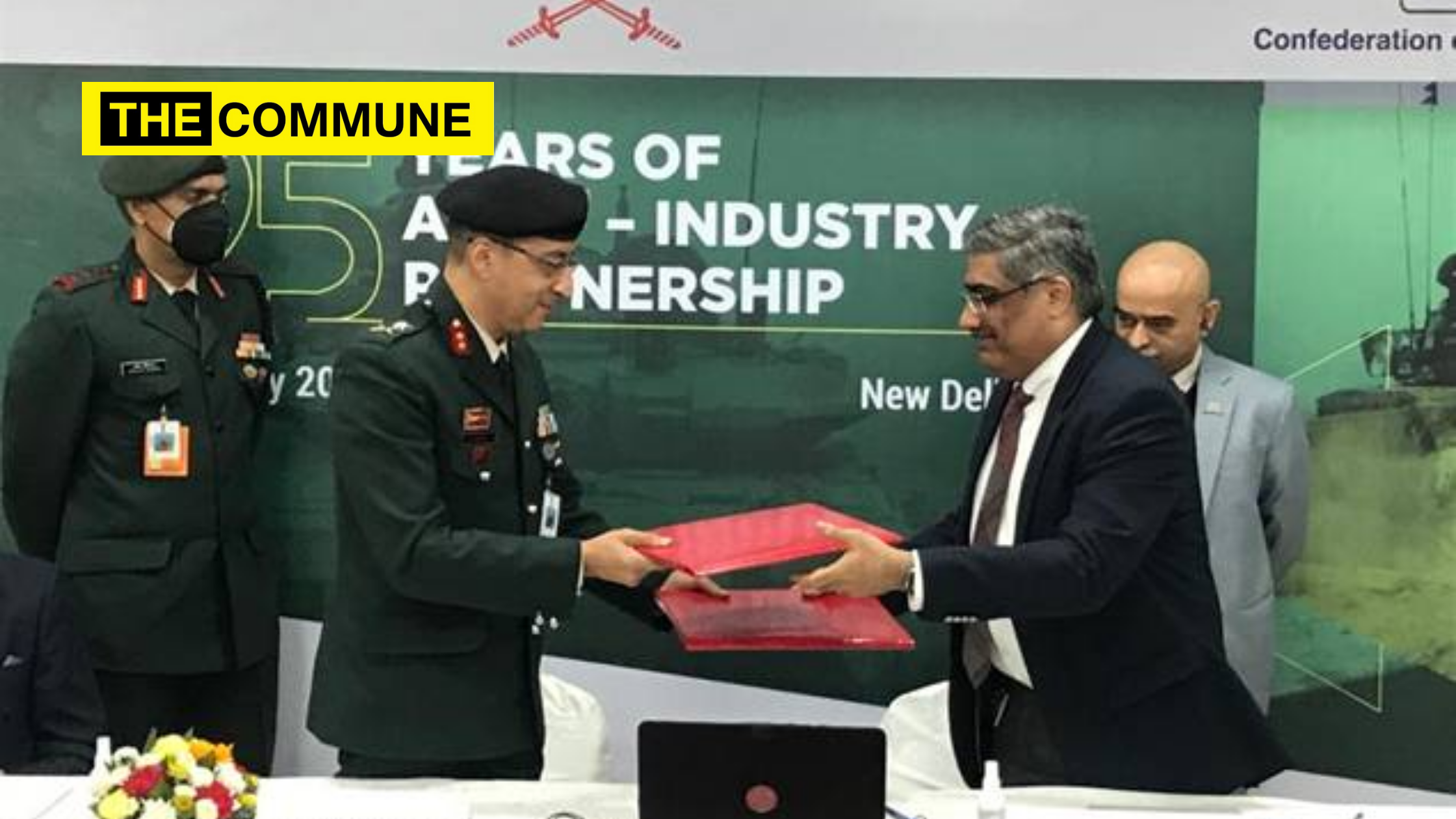
The Indian Army and the Society of Indian Defence Manufacturers (SIDM) signed an MoU on 21 January to provide further impetus to indigenisation under the ‘Atmanirbhar Bharat’ vision and to achieve strategic independence by reducing dependence on foreign origin equipment. The MoU also marks twenty five years of army-industry partnership with the Confederation of Indian Industry (CII). While army-industry collaboration started in 1995 with the indigenisation of spares, it has now progressed to major defence platforms and a wide range of weapons and equipment.
Increasing security challenges due to India’s rising stature in the international community, unresolved borders and revisionist adversaries require continuous and concerted capability-building of the Army through modernisation. The Army seeks to do this by equipping itself with indigenously built equipment. In order to optimise capability-building and contact with the industry, Indian Army has reorganised itself by aligning both the revenue and capital routes of procurement under the Deputy Chief of Army Staff (Capability Development & Sustenance). Army Design Bureau (ADB) has been established to act as a direct facilitator with the industry and thereby connect the defence manufacturers directly with the user. These changes have resulted in collaborative engagements between the technology provider, the equipment manufacturer and the user.
Speaking at the seminar, the Army Chief said “India is now a rising regional global power in Asia, more particularly in South Asia. As we rise in our stature and influence, we will face increasingly higher security challenges.”
The Government has also brought in the necessary policy changes to support indigenisation and achieve self-reliance in the defence sector. Industry associations have provided a common platform for industry leaders to interact with the Indian Army to showcase their expertise. The inputs of the defence industry go a long way in effecting policy modulation and changes.
(Published from PIB)




